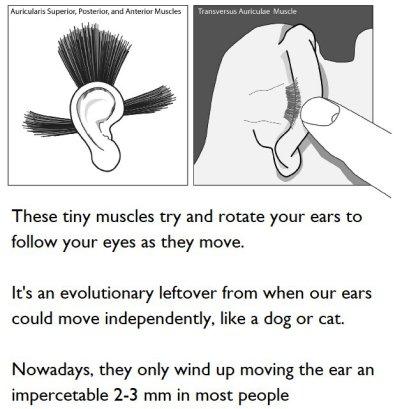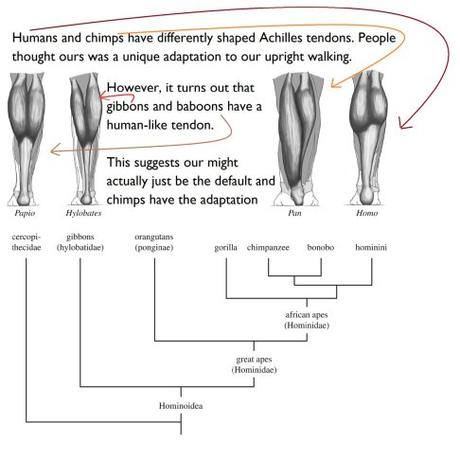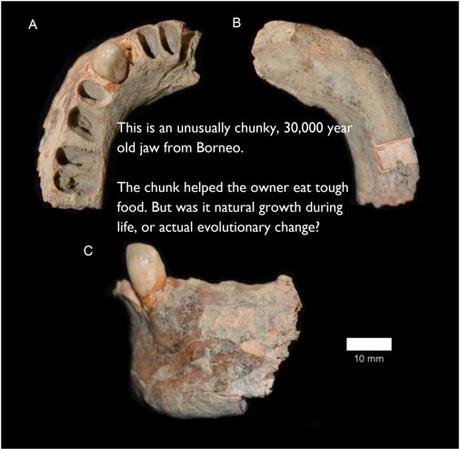This weeks been a big one for human evolution, with the discovery of a first generation Neanderthal/Denisovan hybrid taking the internet by storm.
But whilst that's been the most popular discovery about our ancestors, it isn't the only one. Here's the latest human evolution news as voted on by your eyeballs.
#1 Denny
The big news of the week is the discovery of a half Neanderthal, half denisovan teenager nicknamed Denny. They lived 90,000 years ago and were the direct offspring of interspecies mating.
This is the closest in time we've ever gotten to a hybridisation event, but it isn't the first we've found (not counting the one amongst our own ancestors, of course). The fact we're finding all these events suggest interbreeding between all these human species was a lot more common than we thought.
#2 Christmas lectures
The Royal Institution Christmas Lectures have been, well, an institution since 1825. Speakers include luminaries like Michael Faraday and David Attenborough, covering a different topic each year.
This year Filthy Monkey Men are coming under the microscope, as the lectures tackle the topic of " Who Am I? " From the origin of our species to its genetic future, this promises to be a treat.
#3 Wiggly ears
Can you wiggle your ears? Even if you can't, your body tries. Vestigial ear muscles try to move the ears to help identify sound sources. This is a hold over from when we had more mobile ears, like a cat's.

#4 Boring humans
Among the apes, humans have a rather unique Achilles tendon. It's crucial for bipedalism, and so has become the thickest tendon in the body (since we walk upright a fair bit).
However, it turns out that this unique pattern is present in many other primates. This suggests that our tendon is the default, either retained or re-evolved by human ancestors whilst it was actually the apes who became more specialised.
In other words, humans are more typical than we thought.

#5 Jerky driving our evolution
The human jaw is surprisingly variable. It's shape can change over someone's life, akin to a muscle adapting to use. Long term patterns can also drive natural selection of the default jaw in a population.
One early group of people from Borneo appear to have been under severe influence of both of these factors, giving them unusually chunky jaws. They clearly had very tough diets.
What on earth were the chewing on, jerky?

References
- Denny's discovery
- Christmas lectures news story.
- Hackley, S.A., 2015. Evidence for a vestigial pinna‐orienting system in humans. Psychophysiology, 52(10), pp.1263-1270.
- Aerts, P., D'Août, K., Thorpe, S., Berillon, G. and Vereecke, E., 2018. The gibbon's Achilles tendon revisited: consequences for the evolution of the great apes?. Proc. R. Soc. B, 285(1880), p.20180859.
- Curnoe, D., Datan, I., Zhao, J.X., Ung, C.L.M., Aubert, M., Sauffi, M.S., Mei, G.H., Mendoza, R. and Taçon, P.S., 2018. Rare Late Pleistocene-early Holocene human mandibles from the Niah Caves (Sarawak, Borneo). PloS one, 13(6), p.e0196633.

